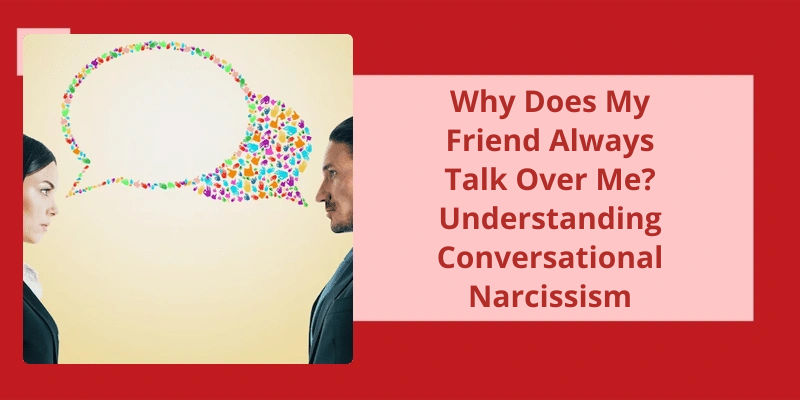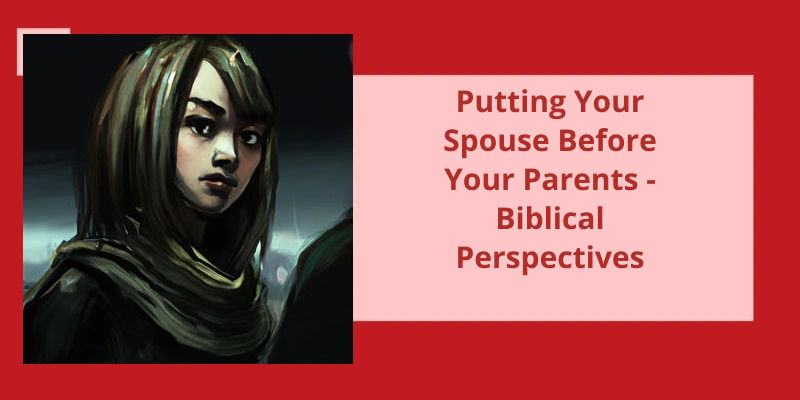In today's digital age, text messaging has become a primary method of communication. It allows us to connect with others instantly, even when we're physically distant. However, sometimes we find ourselves in situations where we want to avoid answering a question over text. Perhaps it's a sensitive topic, or maybe we simply don't want to share certain information. Whatever the reason, navigating these situations can be tricky. Luckily, there are guaranteed ways to avoid a question over text without causing offense or awkwardness. One effective strategy is enlisting the help of a trusted friend. They can provide guidance and support, helping you navigate the conversation smoothly. Another tactic is preparing a canned answer in advance. By having a pre-planned response, you can redirect the conversation without directly answering the question. Additionally, using a "bridge" response can help you change the subject smoothly and shift the focus away from the question at hand. Restating and reframing the question can also be useful. By paraphrasing the question and putting a different spin on it, you can steer the conversation in a direction that feels more comfortable for you. Finally, in certain situations, it may be appropriate to excuse yourself from the conversation altogether. By politely expressing that you need to end the discussion, you can gracefully sidestep the question without causing strain on the relationship. So, whether you're trying to avoid sharing personal information or navigating a delicate subject, these guaranteed ways to avoid a question over text will help you maintain smooth and respectful communication.
How Do You Avoid a Question?
Avoiding a question can be a delicate art. Whether it’s to protect your privacy, maintain a sense of mystery, or simply dodge an uncomfortable situation, there are several effective ways to avoid answering a question. One surefire way is to respond with a generic statement that neither affirms nor denies the inquiry. This can be done by saying “No comment” or “Im not at liberty to say.”. These phrases give the impression that you’re unable to answer the question due to external factors or restrictions.
Another strategy is to buy yourself some time to think by saying “Wait and see” or “Let me get back to you.”. This implies that you need to gather more information or consider your response before providing an answer. Alternatively, you can claim that the question encroaches on confidential or personal territory by saying “Im sorry, thats confidential” or “Id rather not talk about it.”. These phrases communicate a boundary that you aren’t willing to cross, which may deter further probing.
In some cases, you may even go as far as redirecting the conversation altogether. You can accomplish this by introducing a new topic or swiftly changing the subject. By steering the dialogue towards a different direction, you can avoid directly answering the original question. However, keep in mind that using these tactics too often or inappropriately may come across as evasive or suspicious, so it’s important to exercise caution and employ them sparingly. Ultimately, the art of avoiding a question lies in striking a balance between maintaining your privacy and being respectful to the person asking, subtly redirecting or deflecting inquiries without causing offense or suspicion.
Different Ways to Redirect a Conversation Without Directly Answering a Question
When faced with a question that you don’t want to answer directly, there are several techniques you can use to redirect the conversation. One way is to acknowledge the question by briefly repeating it back to the person, and then smoothly transition to a related topic. Another method is to use humor or wit to deflect the question, steering the conversation in a lighthearted direction. Additionally, you can pose a counter-question that shifts the focus back to the other person, allowing you to avoid the original question altogether. Finally, you can employ the “sandwich” technique, where you sandwich your response between two unrelated but positive statements, effectively diverting attention from the question.
How Do You Avoid Yes or No Questions?
When it comes to avoiding yes or no questions, there are several strategies you can use. One approach is to rephrase the question in a way that doesn’t require a simple yes or no answer. Instead of asking, “Did you finish your homework?” you could ask, “What progress have you made on your homework?”. This allows the person to provide a more detailed response and opens up the conversation for further discussion.
Instead of asking, “Do you want pizza, pasta, or salad for dinner?” you could ask, “What would you like to have for dinner?”. This gives the person more freedom to express their preferences and avoids limiting their options to a simple yes or no.
Double-barreled questions should also be avoided if you want to encourage open-ended responses. These are questions that combine multiple inquiries into one, such as, “Do you like hiking and swimming?”. It’s better to ask separate questions and allow the person to respond to each one individually.
When engaging in a text conversation, it’s important not to switch topics too frequently. This can make it difficult for the other person to provide meaningful answers and can create confusion. Instead, try to stick to one topic at a time and give the person an opportunity to fully respond before moving on to something else.
Avoid asking “why” questions, as they can put people on the defensive and make them feel interrogated. Instead of asking, “Why did you do that?” you could ask, “What motivated your actions?”. This encourages a more thoughtful response and promotes understanding rather than judgment.
Another way to avoid yes or no questions is to avoid asking for little-known facts. Instead, ask open-ended questions that require the person to provide more information and elaborate on their thoughts. This allows for a more engaging and meaningful conversation.
Avoid imposing concepts or ideas onto the other person. Instead of asking, “Dont you think this is the best option?” you could ask, “What’re your thoughts on this option?”. This allows the person to express their own opinions and avoids pressuring them into a specific answer.
Lastly, it’s important to listen attentively and encourage the other person to share their thoughts and feelings. Avoid dominating the conversation and give the person space to express themselves fully. This creates a more inclusive and open dialogue where both parties feel valued and respected.
Source: Avoid Yes/No Questions « Lives & Legacies
Conclusion
In conclusion, when it comes to avoiding a question over text, there are several strategies you can employ to gracefully navigate the situation. Enlisting the help of a friend can provide valuable insight and support. Preparing a canned answer in advance can give you a ready-to-use response that can help you sidestep the question. Using a "bridge" response to change the subject is a subtle way to redirect the conversation. Restating and reframing the question can allow you to address the underlying concern without directly answering the question. And if all else fails, excusing yourself from the conversation can provide an escape route from an uncomfortable discussion. By employing these guaranteed ways, you can maintain your poise and avoid feeling trapped or pressured when faced with difficult questions over text. And for further refinement in social graces, consider exploring the 23 Old-Fashioned Etiquette Rules That Still Apply.






